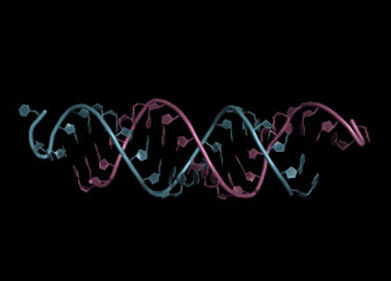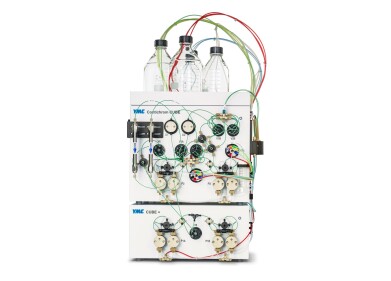Liquid Chromatography
What is Royal Jelly Made Out Of? — Chromatography Investigates
Feb 17 2018
Royal jelly is one of those natural products that are advertised and promoted as offering nutritional and healthy properties. The difference with royal jelly though, is that there is every chance that it does indeed deliver on its promises. Produced by bees as a food for their young and helping to produce future workers and queens — it is also used by humans as a foodstuff and in cosmetics and creams. But, it turns out that we don’t fully know what goes into making royal jelly so special — but chromatography is helping to put that right.
Royal jelly — a queen thing?
Royal jelly is secreted by young worker bees to feed the larvae and adult queen bees in a colony. The difference between queen and worker bees is somehow related to the feeding of the larvae. All larvae are fed on royal jelly for the first few days of their lives — but the larvae selected to become queens are fed royal jelly after this initial period. Ordinary worker bees are fed pollen and honey as they develop. Why this is the case is still a mystery.
Both worker bees and future queens are all produced from the same genetic material, and so in theory any of the eggs laid could develop into a new queen. The difference between a queen and worker is down to which genes are turned off as they develop. It is genes which decide which proteins are made which in turn decide how our bodies are developed. So, by changing the environment of the individual larvae, the hive can decide who becomes a new queen.
A wonderous jelly of snot
But what is royal jelly? It is also known as bee milk, but it is not the consistency of milk. Rather it has the consistency of snot. It is secreted from glands in the heads of worker bees. Besides providing nutrition to bee larvae and queens, it is also used widely in the cosmetic industry and as a healthy supplement providing many benefits including: as an anti-inflammatory, antimicrobial and anti-aging agent.
What’s in the jar?
Besides being full of water, the approximate composition includes proteins, sugars, fats and other magic components. But what exactly? We are not too sure, which is where the latest research and chromatography come in.
A recently published paper reports on how chromatography could shed some light on this exotic compound. The team used a HILIC-MS/MS method (hydrophilic interaction liquid chromatography tandem mass spectrometry) to analyse the components in royal jelly. Using chromatography to analyse biological compounds is discussed in the article, Enhanced Peptide Identification Using Capillary UHPLC and Orbitrap Mass Spectrometry.
They managed to identify over 60 bioactive compounds in royal jelly from Greek bees. Most prominent were amino acids and saccharides. Although these findings include compounds with many health benefits — the authors suggest that each geographical location would have its own royal jelly profile. Where will you go for your latest sample?
Digital Edition
Chromatography Today - Buyers' Guide 2022
October 2023
In This Edition Modern & Practical Applications - Accelerating ADC Development with Mass Spectrometry - Implementing High-Resolution Ion Mobility into Peptide Mapping Workflows Chromatogr...
View all digital editions
Events
Jan 20 2025 Amsterdam, Netherlands
Feb 03 2025 Dubai, UAE
Feb 05 2025 Guangzhou, China
Mar 01 2025 Boston, MA, USA
Mar 04 2025 Berlin, Germany












